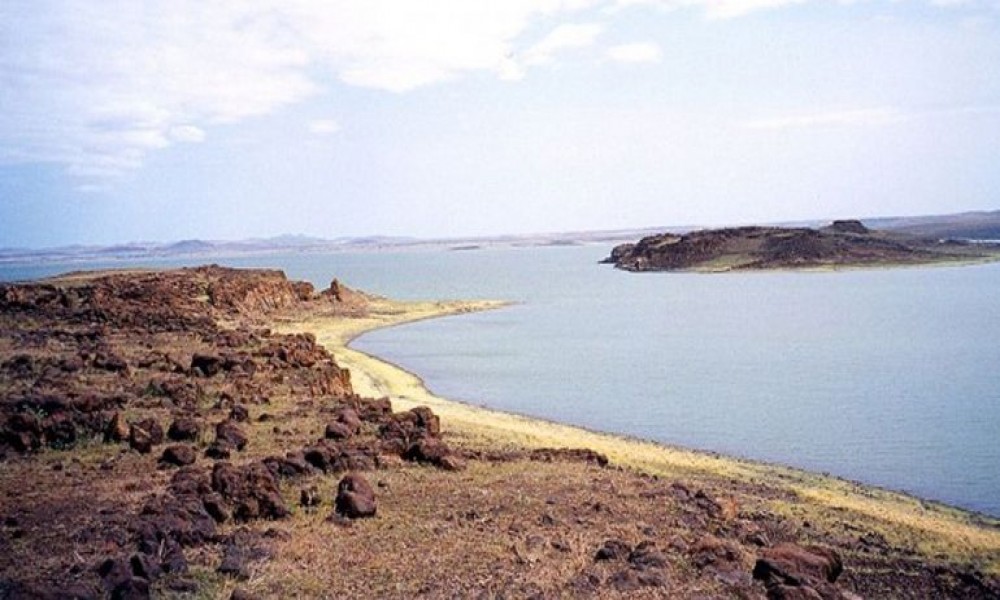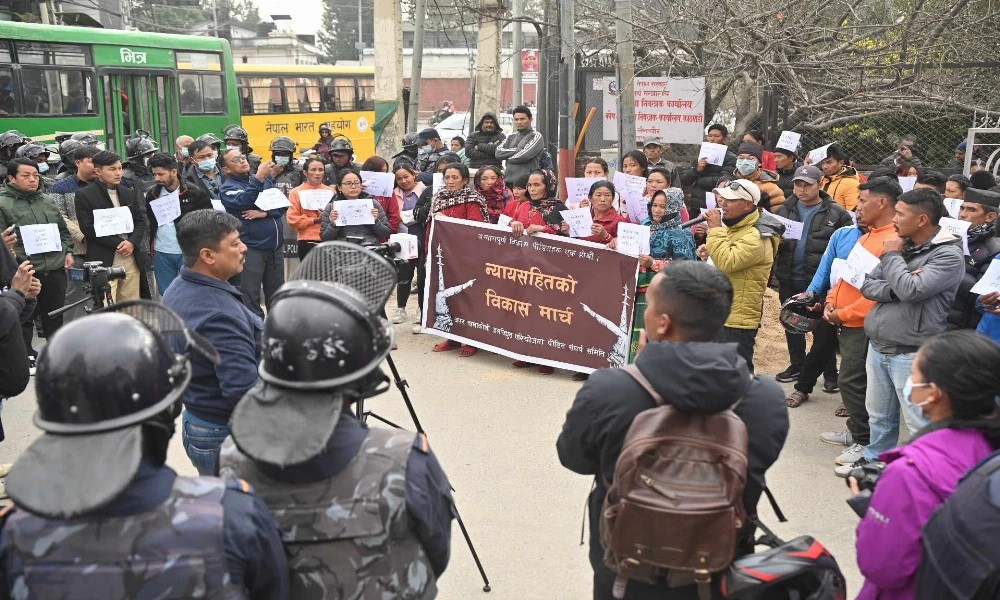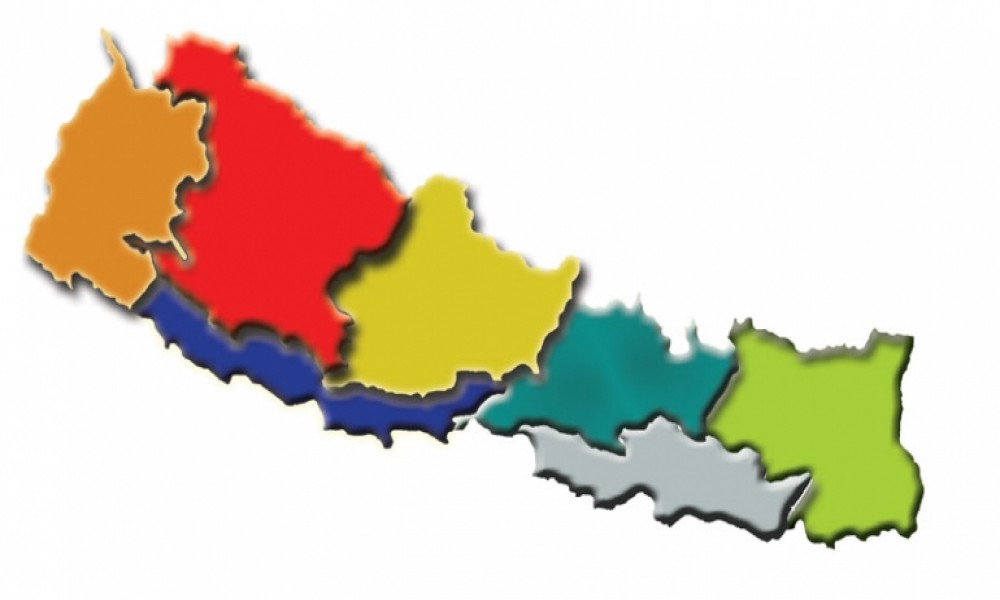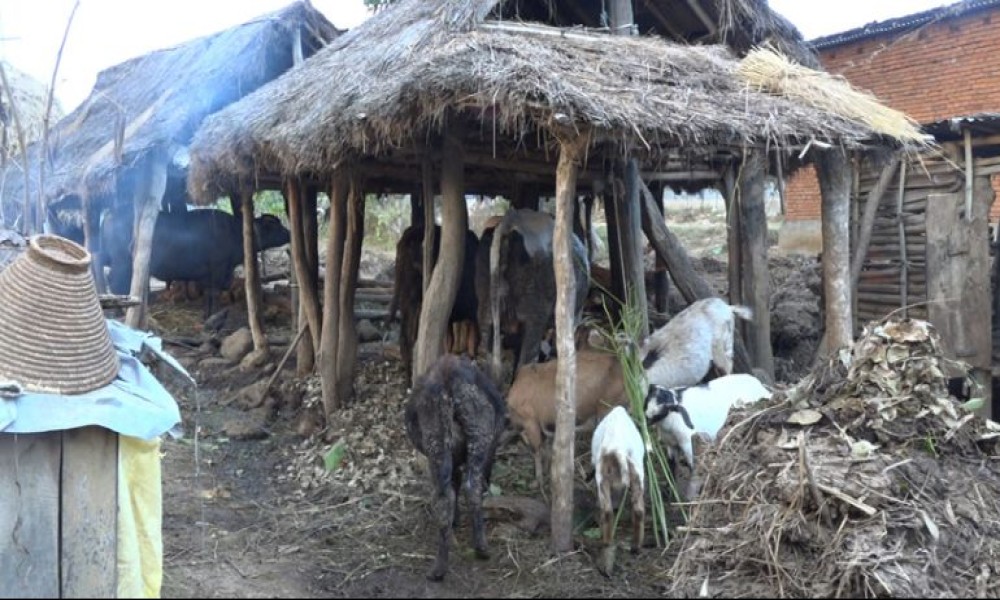A United Nations mission is due to take place this month to assess the impact of Ethiopia’s massive Gilgel Gibe III hydroelectric power project on the Omo River which feeds Lake Turkana, the world’s largest desert lake, lying mostly in northwest Kenya with its northern tip extending into Ethiopia.
The report of the visit by a delegation from the U.N. Educational, Scientific and Cultural Organisation (UNESCO) from Ethiopia’s state-affiliated Fana Broadcasting Corporate (FBC) comes amid warnings by Survival International that the Kwegu people of southwest Ethiopia are facing severe hunger due to the destruction of surrounding forests and the drying up of the river on which their livelihoods depend.
The UK-based group linked the Kwegu’s food crisis to the massive Gibe III Dam and large-scale irrigation taking place in the region, which are robbing the Kwegu of their water and fish supplies.
The dam, one of Africa’s largest hydropower projects, is nearly 90 percent completed, according to a government press release, and could start generating electricity following the rainy season in August.
Construction of the dam has raised concerns for the much admired Lower Omo Valley and Lake Turkana, which are UNESCO’s World Heritage sites, although Lake Turkana is not now on the “endangered” list. The Gibe III hydroelectric plant is being built on the Omo River which provides more than 90 percent of Lake Turkana’s water.
The Lower Omo Valley is one of the most culturally diverse places in the world and archaeological digs have found human remains dating back 2.4 million years. Lake Turkana, believed to be four million years old, has been called “the Cradle of Mankind”.
Since its [Gibe III Dam] inception in 2006, international human rights groups have repeatedly accused the Ethiopian government of driving indigenous minority ethnic groups out of the Lower Omo Valley and endangering the Turkana community.
UNESCO had previously failed to convince the Ethiopian government to halt the dam’s construction to allow independent impact assessment. The government countered that it had conducted a joint assessment with an international consultancy firm funded by the World Bank.
Their findings suggested that the dam would regulate the water flow rather than having negative effects on Lake Turkana, FBC quoted Alemayehu Tegenu, Ethiopia’s Minister of Water and Energy, as saying last month.
The Ethiopian government’s claims are highly contested, however. Several credible sources indicate that the projects would have significant implications on the livelihoods of 200,000 indigenous people in the Turkana area and Ethiopia’s Lower Omo Valley, including the Mursi, Bodi, Kwegu and Suri communities.
Ethiopia’s water-intensive commercial plantations on the Omo River could reduce the river’s flow to Lake Turkana by up to 70 percent, The Guardian newspaper reported. Lake Turkana is home to at least 60 fish species and sustains several sea and wild animals, the main source of livelihood for the Turkana community. Commercial plantations may also pollute the water with chemicals and nitrogen run-off.
Fears are growing that the dam will result in resource depletion thereby leading to conflict among various communities in the already fragile Turkana ecosystem. According to a recent report by the UK-based Sustainable Food Trust, “large-scale crop irrigation in dry regions causes water depletion and soil salination.”
“This place will turn into an endless, uncontrollable battlefield,” Joseph Atach, assistant chief at Kanamkuny village in Turkana, told The Guardian. Reduction in fishery stocks would have “massive impacts for the 200,000 people who rely on the lake for their livelihoods,” said Felix Horne, Human Rights Watch researcher for Ethiopia, thereby leaving them in precarious situations.
The Gibe III hydroelectric plant is also expected to irrigate the state-owned Kuraz Sugarcane Scheme and other foreign commercial large-scale cotton, rice and palm oil farms appropriated through massive land enclosures.
According to information from UNESCO, the Kuraz Sugarcane Scheme could “deprive Lake Turkana of 50 percent of its water inflow” thereby resulting in an estimated lowering of the lake level by 20 metres and a recession of the northern shoreline by as much as 40 km.
In an email response to IPS, Horne estimated that “between 20 and 52 percent of the water in the Omo River may never reach Lake Turkana depending on the irrigation technology used.”
Horne downplayed the significance of UNESCO’s planned assessment, saying that most credible sources indicate that the filling of the dam’s artificial lake combined with the reduction from downstream water flows caused by planned irrigated agriculture will greatly reduce the water going into the lake.
Yared Hailemariam, a Belgium-based former Ethiopian opposition politician and human rights activist, concurred. The main threat to Lake Turkana, he said, was the planned water-consuming sugarcane plantations. “In light of this”, Yared told IPS via Skype, “UNESCO’s future negotiations with the government should primarily focus on the sugarcane plantations instead of the reduction of the size of the hydro-dam.”
Since its inception in 2006, international human rights groups have repeatedly accused the Ethiopian government of driving indigenous minority ethnic groups out of the Lower Omo Valley and endangering the Turkana community.
Three years ago, Human Rights Watch warned that the Ethiopian government is “forcibly displacing indigenous pastoral communities in Ethiopia’s Lower Omo Valley without adequate consultation or compensation to make way for state-run sugar plantations” in a process that has come to be known as “villagisation”.
Asked about the government’s methods of evicting indigenous communities from their ancestral homes, Horne said that “direct force seen in the early days of the relocation programme has been replaced by the threat of force, along with incentives, including access to food aid if individuals move into the new villages.”
Meanwhile, the Kenyan government’s stance has come under scrutiny. Horne and Argaw Ashine, an exiled Ethiopian environmental journalist and correspondent for the East African Nation Media Group, worry that the Kenyan government may have already agreed with the Ethiopian government to purchase electricity from Gibe III at a discounted price.
Reports show that Kenya could obtain more than 300MW of electricity from the Gibe III hydroelectric plant.
“The situation with the Kwegu is extremely serious,” Elizabeth Hunter, an Africa Campaign Officer for Survival International, is reported as saying. “Survival has received very alarming reports that they are now starving, and this is because they hunt and they fish and they grow plants along the side of the river Omo. All of this livelihood now, right as I speak, is being destroyed.”
“The Kenyan government is more concerned with the energy-hungry industrial urban economy rather than the marginalised Turkana tribe,” said Argaw.
With the livelihoods of some of indigenous communities depending on shifting crop cultivation of maize and sorghum on the fertile Omo River flood lands, Horne fears that the regulation of the water flow will reduce nutrient-rich sediments necessary for crop production.
“The situation with the Kwegu is extremely serious,” Elizabeth Hunter, an Africa Campaign Officer for Survival International, is reported as saying. “Survival has received very alarming reports that they are now starving, and this is because they hunt and they fish and they grow plants along the side of the river Omo. All of this livelihood now, right as I speak, is being destroyed.”
She went on to say that “the plantations, particularly the sugar cane plantations, the Kuraz project which is a government-run project is going to need a lot of water. So they’re already syphoning off water into irrigation channels from the river.”
Since 2008, land grabs and plantations owned by foreign corporations have gobbled up an area the size of France, according to the Sustainable Food Trust, and the government plans to hand over twice this amount over the next few years.
The Gibe III hydro-power project, with its potential to double the current electric power generating capacity of the country, is a key part of Ethiopia’s five-year Growth and Transformation Plan (GTP) that aims at making Ethiopia a middle-income country by 2025.
However, serious concerns abound as to how modernisation and development should accommodate the interests and values of indigenous communities.
Yared and Argaw criticise the government’s “non-inclusive and non-participatory policy planning and implementations.” Argaw also argued that what has been done in the Lower Omo Valley was “largely a top-down political decision without joint consultation and planning involving the concerned communities.”
“The government can’t ensure sustainable development while at the same time disregarding the interests and needs of lots of marginalised local populations,” said Argaw, adding that the Ethiopian government wants indigenous peoples to be “wage labourers in commercial farms sooner or later.”
By Chalachew Tadesse
Edited by Lisa Vives/Phil Harris
ADDIS ABABA, Apr 17 2015 (IPS)
News courtesy: http://www.ipsnews.net/









